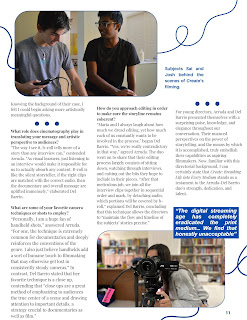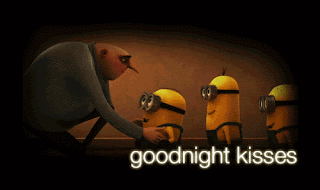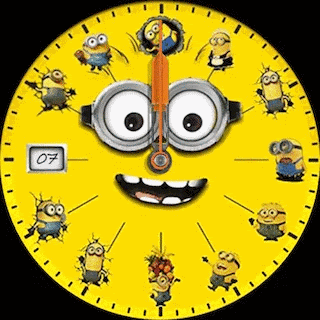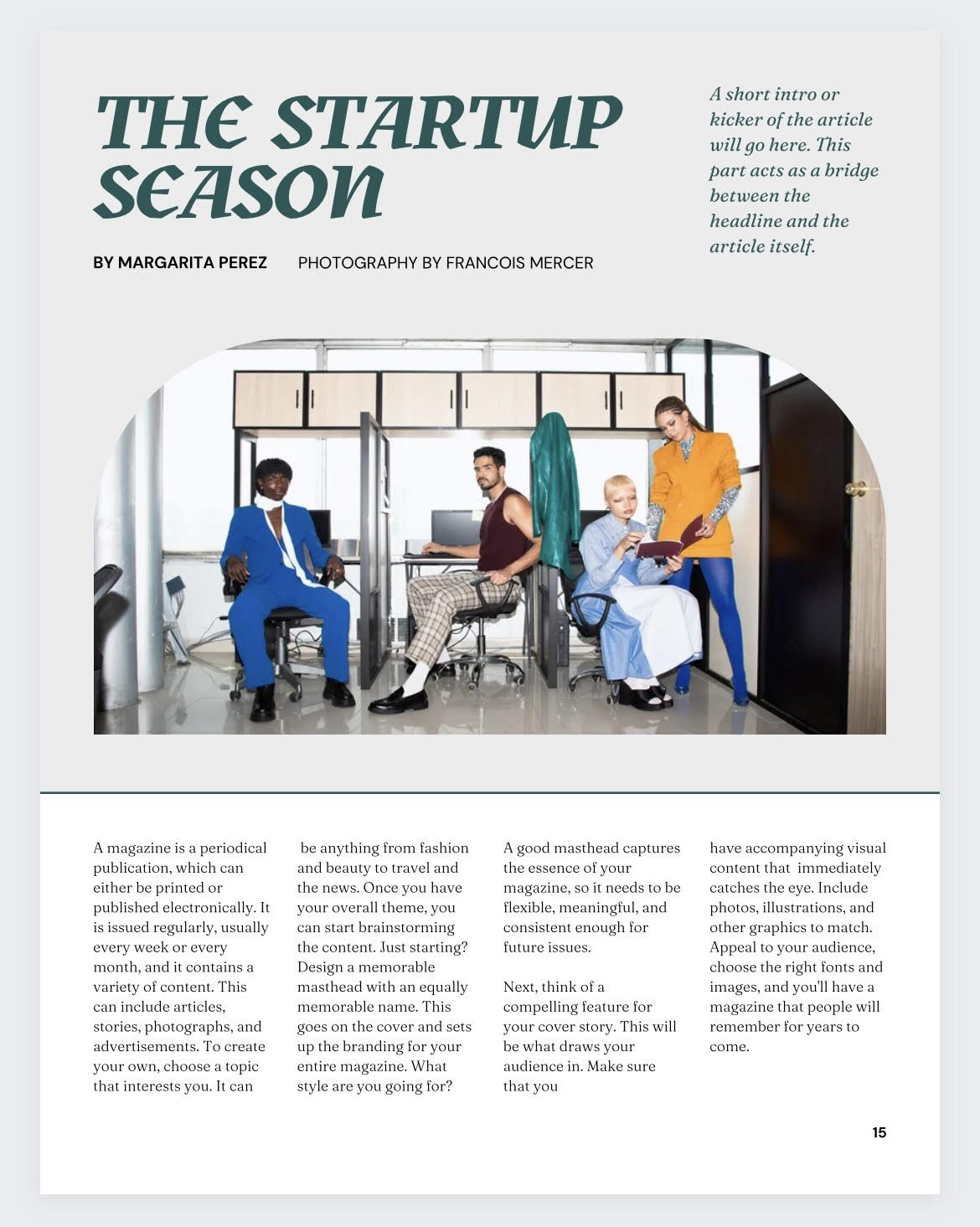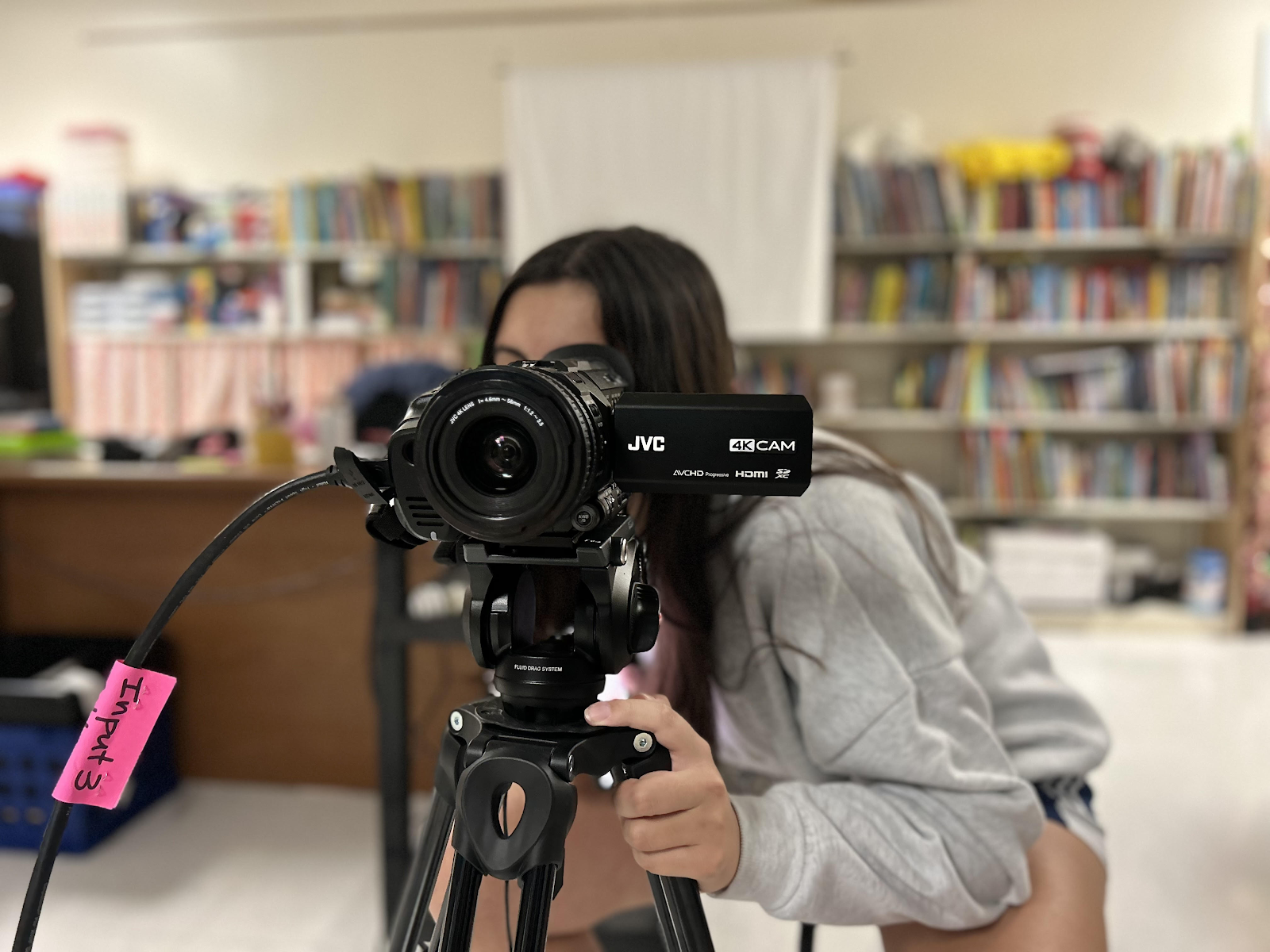The episodic documentary Create: Breathing life intro every medium focuses on showcasing students and the creation of their different mediums. The three mediums audio, print, and film display a wide variety along with the many different students that create them.
Create: Breathing life into every medium is a three episode docuseries focusing on the creation of three different mediums. The episodes consist of audio, print, and film. My partner Maria Arruda and I have had a love for all three forms for quite some time and while the idea of this documentary stemmed from a joke I made, it has truly opened our eyes to what goes on behind the final product. Creating a documentary that was interesting to us and those watching was important and that is why we struggled originally when brainstorming.

The documentary covered three mediums and the people who create them. While we only had to create five minutes of one episode it was important for us to have a clear layout of what the documentary should look like and the documentary series Abstract greatly helped us. We had watched one episode in class and then continued to watch at home to gain inspiration. Since they follow different artists we thought our projects intertwined and looking to them for help would make the project a lot easier for us. Abstract helped to show us what parts should be highlighted in a documentary that centers around other people’s work.
I also looked at 20 Days in Mariupol for their use of original b-roll. Since archived footage wasn’t allowed in the creation of this documentary we had to come up with an idea that would allow us to create new b-roll. Luckily we knew this from pretty early on and were able to adapt our idea to the guidelines. These two documentaries provided me with a great base when it came to understanding the genre and aided me as I looked back to them frequently during our production process.
Research
The documentary genre is overflowing with productions which is a personal reason why I love it and wanted to create more in relation to it. When Maria agreed I was delighted because I knew we understood each other and just how important it was to make it perfect. Documentary conventions are clear-cut and in this case, something we wanted to follow precisely. These conventions include archived footage, talking heads, handheld shots, voiceovers, and of course real people. Out of this list, we chose to embrace all the conventions we were allowed. I say this because all footage had to be original which as I mentioned prior eliminates us from using archived footage.
Other than the absence of archived footage everything else can be seen in our documentary. Our subjects are seen talking both together and separately in our main episode highlighting the talking heads convention. We wanted their dynamic together to be seen, but also ensure that the documentary was engaging which is why they are then split into separate interviews. As for handheld shots, we tried to make our b-roll seem natural which is why they are imperfect. The documentary focuses on teenagers producing their medium and there is no perfection when it comes to being a teenager and that is represented through the broll. While our voiceover wasn’t originally planned I’m so glad we included it. The use of a voiceover enhances the quality of the documentary and also aids us in getting our point across. Lastly, following a real story that was close to us made creating this documentary that much better. We were able to tell our friends stories and easily embrace all the conventions we love about documentaries.
After understanding what a documentary was and beginning our production we knew we had to build an audience of viewers. Our chosen platform was Instagram as we knew it would fit our target audience of high school students 14-19. While social media is the main component that is engaging with our audience currently, once the documentary is released that will serve as our primary engagement. We chose to release on Hulu since they are an easily accessible streaming service, but don’t have a documentary that is close in style, unlike Netflix with Abstract. Through our social media, we bring our audience behind the scenes and into each episode. We felt introductions and sneak peeks were a necessity in order to get people engaged. Along with that, we utilized Instagram’s Q&A feature to further interact with our audience and answer some of their questions.

Our documentary is meant to connect with teenage creators. While documentaries heavily focus on adults and their jobs we wanted to highlight the teens that are putting in hours of work towards their future. Using three different mediums will hopefully diversify our audience and reach more people. Finally, our print component was posted to our social media to help it reach our audience. Without the use of our social media page, I feel as if the magazine article wouldn’t be seen. This once again highlights how important the use of social media is in this day and age in order to interact with your audience. If there is one thing I could do better it would be the inclusion of the magazine. Looking back I feel that we could’ve incorporated quotes and questions into our social media to get people to engage with it.
These components not only worked together to engage with our audience but also to create a brand. When creating the documentary we decided we wanted to focus our brand around the arts. Our logo features our three mediums along with our tagline “Breathing life into every medium.” The tagline is an ombre rainbow to represent the artistic side of the process.

To continue following this our Instagram features the ombre along with blue which is presented in our intro. The blue continues into our magazine. While branding doesn’t necessarily have to carry through the print component since we technically wouldn’t produce it, the use of blue throughout called back to our intro. The documentary really does tie it all together as it shows the medium and the importance of creation in our lives. The creation of a brand felt the most natural to us as we had a clear vision that simply had to be executed. This was most definitely aided by all the preparation work we had done prior and I’m glad to say I think our project was well represented throughout all components.
Overall the people we really wanted to please were our target audience of high school students. We wanted them to see themselves in the project. When creating our project the students chosen were from all different groups and walks of life. They all share the commonality of being students but represent different people and different mediums. After creating our trailers for each episode we felt all different teenagers were represented and especially those in the sports world. While I wish we could’ve completed all the episodes from what was completed I feel the representation was communicated well.
This project as a whole showed me I’m able to complete a large project and not struggle. While there were setbacks they were completely out of my control and in the end not that big of a deal. The improvement I’ve seen within myself this past year is enough to make me proud of this project.





